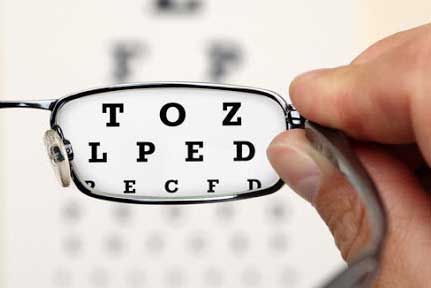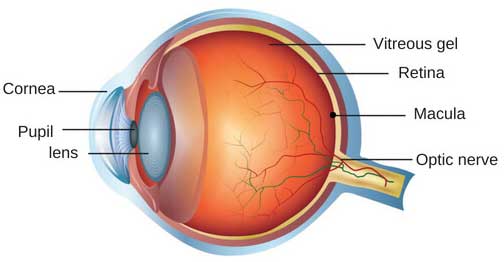Call us: 811-438-8593 |
Email us: kvehbbsr@gmail.com |
Opening Hours: MON-SAT: 9 AM - 8 PM and SUN: 9 AM - 1 PM |


Low vision includes different degrees of sight loss, from blind spots, poor night vision, and problems with glare to an almost complete loss of sight.
Anyone can be affected by low vision because it results from a variety of conditions and injuries. Because of age-related disorders like macular degeneration and glaucoma, low vision is more common in adults over age 45 and even more common in adults over age 75. For example, one in six adults over age 45 has low vision; one in four adults over age 75 has low vision.


There may be one or more causes of low vision. These are usually the result of disorders or injuries affecting the eye or a disorder such as diabetes that affects the entire body. Some of the most common causes of low vision include age-related macular degeneration, diabetes, and glaucoma. Low vision may also result from cancer of the eye, albinism, brain injury, or inherited disorders of the eye including retinitis pigmentosa. If you have these disorders or are at risk for them, you are also at greater risk for low vision.
Some sight disorders, like diabetic retinopathy, can be treated to restore or maintain vision. When this is not possible, low vision is permanent.